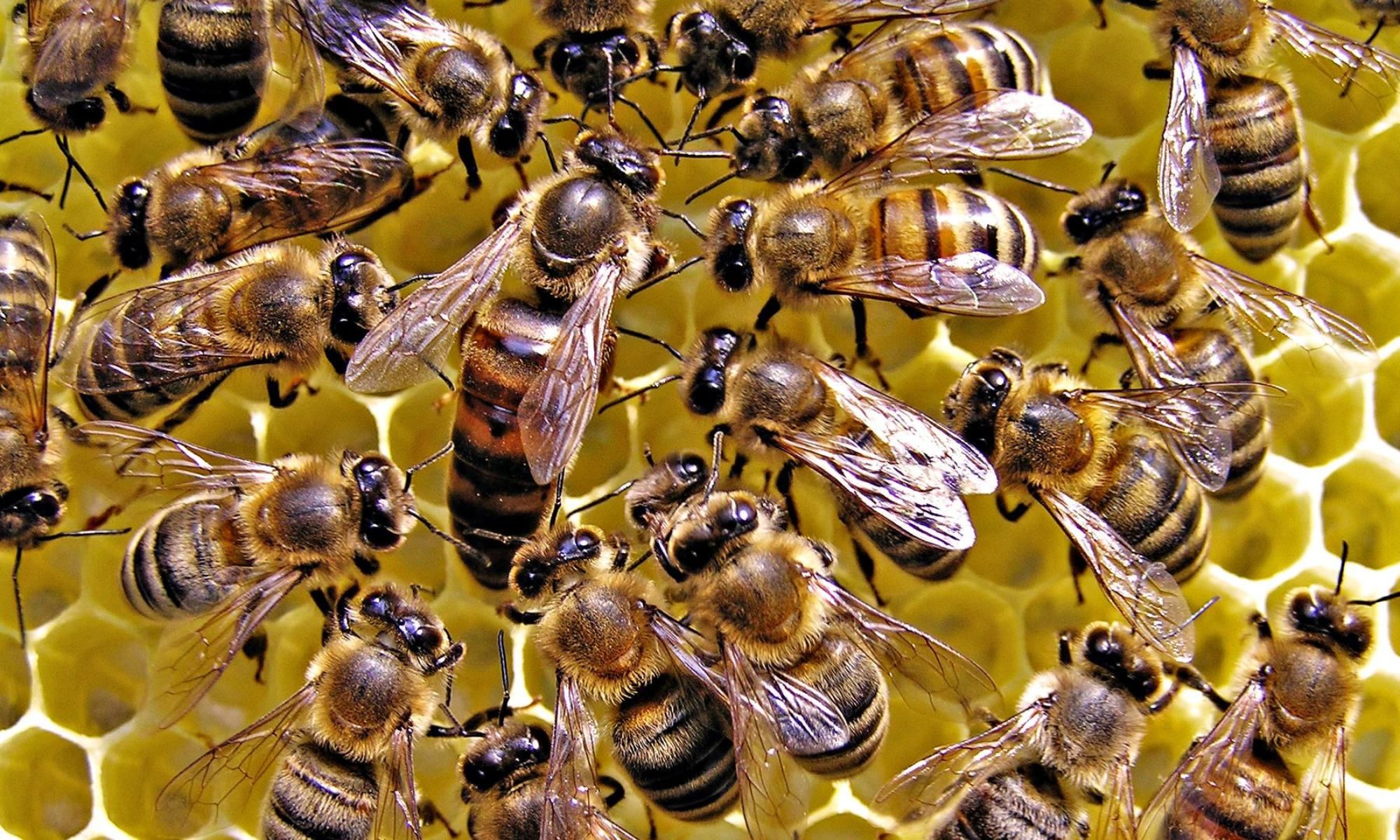A unique species of ant, the weaver ant (also known as the green ant) makes its home in the trees. They don’t make their home just inside the tree, however; they make their home out of the leaves of the tree. Their nest can range from a single branch of a tree to making multiple nests across the entire tree. To do that, they require many ants in order to hold together the leaves they require. Because leaves are quite tough for weaver ants to bend, a tremendous amount of force is put on the bodies of each ant. Finally, using the larvae, the ants glue the leaves together using the silk which the larvae produce. These ants are omnivorous, like most ant species are, consuming nectar produced by some arthropods and keeping the number of pest insects low.
The Nation of Fire
The fire ants are some of the most commonly seen ants in the world, having colonies on almost every landmass in the world. The key to their success? Their voracious appetite. As a species that is able to have multiple queens in a single nest, each queen in the colony lays up to 1,600 eggs everyday but only live between 2-6 years. Although the queens may not live very long, young queens who have mated will compete with each other in order to take the now vacant position.
This huge growing population requires tons of food everyday so, in response, the ants continue foraging for food during the coldest times — winter. They don’t hibernate and can survive a wide range of temperatures. Their method of hunting for food is simple: swarm their prey with as many as possible. Their diet can range from drops of sweet nectar to small rodents and is only bounded by the size of the colony.
Kings & Queens
Of the many types of insects out there, the termite is one of the few that mates for life. Queen ants and bees mate with a multitude of males to store up sperm for years to come while most other insects mate once and part ways like scorpions. When reproductive termites (king and queen termites) are born, they begin their journey with wings. Using these wings, they take to the air and participate in a nuptial flight. Unlike the ant and bee queens who mate with many males, a termite king looks for his sole companion — a queen who will stay with him forever.
When a king has found his queen, they land and shed their wings before looking for a suitable location to begin their kingdom. For a while, they must care for the eggs themselves. In time, however, their colony will slowly grow from a village to a full-fledged empire. During this time, the queen will undergo physogastry — a process in which the abdomen swells a great amount. This occurs because the queen must be able to lay many eggs quickly, making up for the amount of losses that are incurred whenever a predator attacks their fortress. Because of her expanded abdomen, at some point, the queen will be so large that she will be unable to move on her own, requiring her loyal subjects to drag her to safety whenever it is necessary.
Miner Bees
Most people think that bees create nests made of paper or live in hollowed out tree trunks. What they probably won’t know is that actually a majority of species of bees dig out underground nests. Each queen will dig her own nest and many nests can be found in relatively close proximity to each other. Unlike honeybees, which contain hundreds upon hundreds of individuals in a single colony, the miner bee has a much smaller population due to limited space underground.
Young of the Colony
The larvae of colony-making insects do much more than just sit around and grow. Although they don’t move around, they actually help the colony with various tasks. Larvae typically consume protein, either from seeds or from other insects. This protein is then digested, released by the larvae as a protein-rich liquid. This liquid then acts as a food source for the more mobile members of the colony. For the Asian giant hornet, larvae perform this task of turning the protein-paste into a liquid, as the adult hornets are unable to properly digest solid protein. In the case of the weaver ant, which makes their nests using tree leaves, larvae produce the silk which the ants use to glue together the tree leaves.
